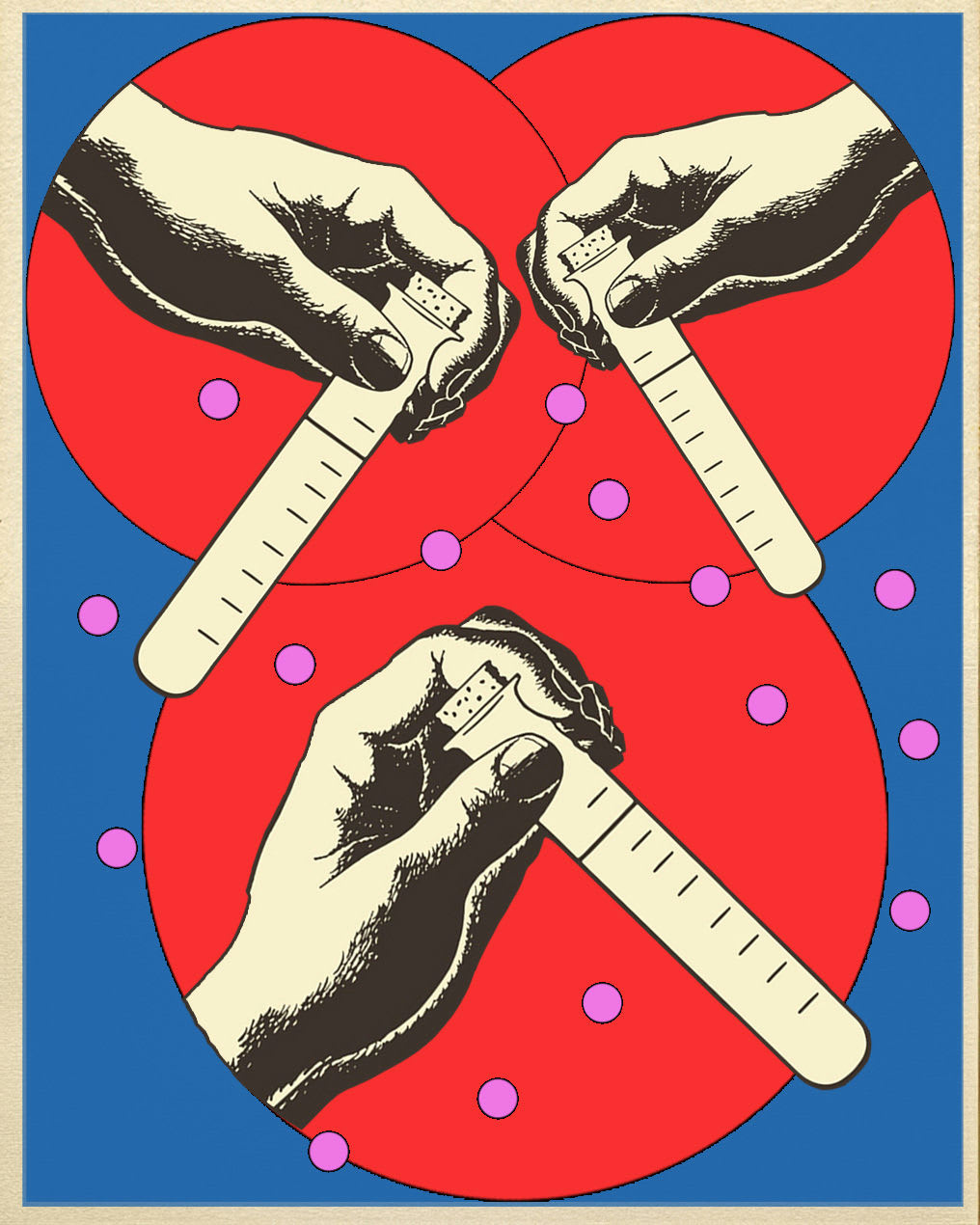Endangered California condors can have "virgin births," study finds
Endangered California condors can have "'virgin births," according to a study released Thursday. Researchers with the San Diego Zoo Wildlife Alliance said genetic testing confirmed that two male chicks hatched in 2001 and 2009 from unfertilized eggs were related to their mothers. Neither was related to a male.
The study was published Thursday in the Journal of Heredity. It's the first report of asexual reproduction in California condors, although parthenogenesis can occur in other species ranging from sharks to honey bees to Komodo dragons.
But in birds, it usually only occurs when females don't have access to males. In this case, each mother condor had previously bred with males, producing 34 chicks, and each was housed with a fertile male at the time they produced the eggs through parthenogenesis.
The researchers said they believe it is the first case of asexual reproduction in any avian species where the female had access to a mate.
"These findings now raise questions about whether this might occur undetected in other species," said Oliver Ryder, the study's co-author and director of conservation genetics for the San Diego Zoo Wildlife Alliance.
The non-profit alliance runs the San Diego Zoo and Safari Park and has been involved in a California condor breeding program that helped bring the giant vultures back from near-extinction.
With 10-foot wingspans, California condors are the largest flying birds in North America. They once ranged throughout the West Coast. But only 22 survived in the 1980s when the U.S. government captured them and placed them in zoos for captive breeding. About 160 were bred at the San Diego Zoo and Safari Park.
There are now more than 500 California condors, including more than 300 that have been released into the wild in California, Arizona, Utah and Mexico.
The asexual reproduction was discovered some years ago during widespread testing of genetic material collected over decades from condors, both living and dead, in breeding programs and in the wild.
"Among 467 male California condors tested in the parentage analysis, no male qualified as a potential sire" of the two birds, the study said.
California condors can live up to 60 years, but both males were sickly. One was less than 2 years old when he died, and the other lived less than eight years.
How hunters can aid the California condor's comeback
Chris Parish, the director of global conservation at the Peregrine Fund, told CBS News earlier this year that 54% of condor deaths they monitor are due to lead poisoning
Lead is a dangerous neurotoxin; it's also what most ammunition is made out of. The birds are dying from bullets. They're not getting shot by them; they're literally eating lead.
"Scavenging wildlife that are obligates, like the condor, they only consume things that are already dead," Parish said.
When hunters kill an animal, like a deer, they often leave behind some of the remains. But they may be unintentionally leaving behind tiny fragments of lead, which ends up in the condors when they swing by to enjoy a meal.
"Some of those tiny fragments that strip off of those bullets we've used for 100 years can poison wildlife," Parish said.
Parish is on a mission to convince hunters to hunt with non-lead ammunition, like copper bullets, doing demonstrations across the country. It's a world he knows well: "I'm kind of a redneck hunter-biologist, and these hunters are my people."






